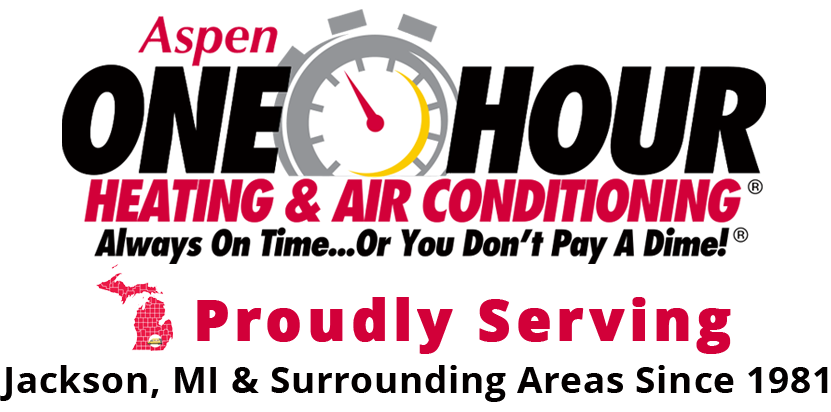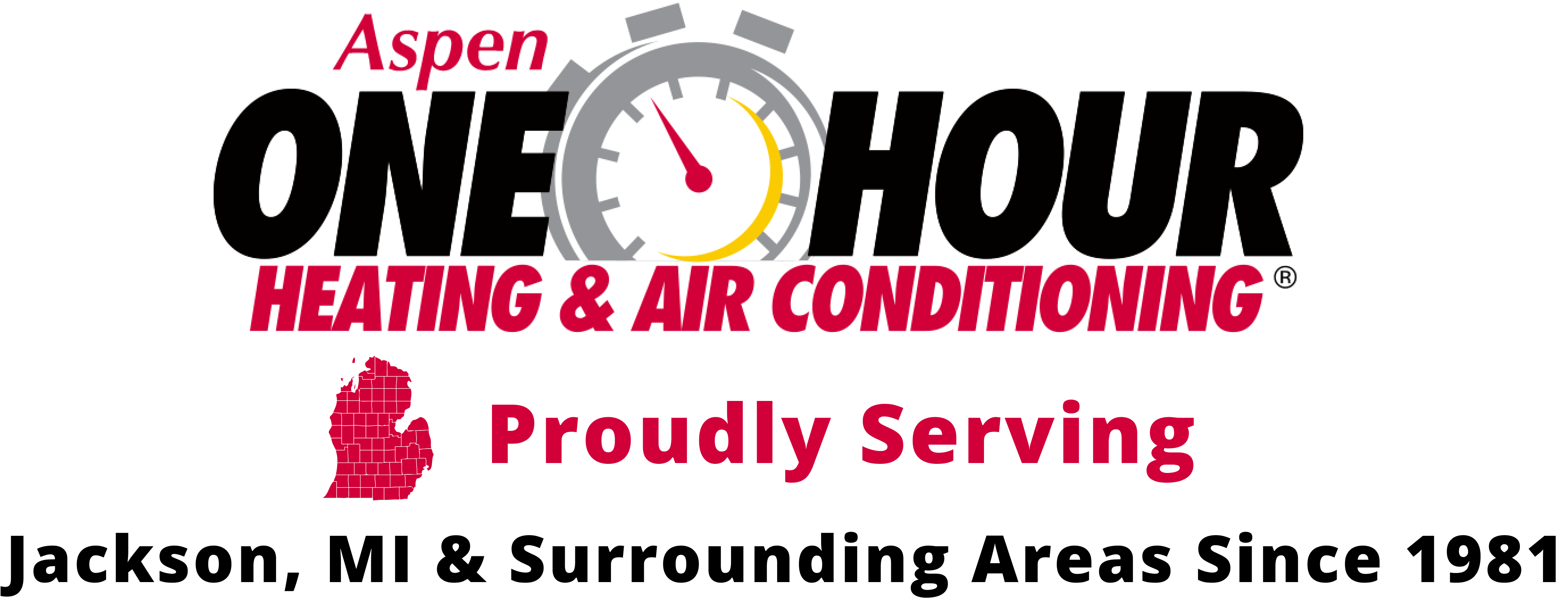Know the warning signs of furnace failure. Learn when to opt for a furnace replacement in Michigan to avoid being left in the cold.
Heating season in Michigan comes fast, and there’s nothing worse than having your furnace fail in the middle of winter. If you wait too long, you risk frozen pipes, discomfort, or even emergency replacements at a premium cost. That’s why it’s vital to understand the signs that your heating system is due for a furnace replacement Michigan homeowners can trust.
In this article, we’ll walk through how to know when it’s time to replace your furnace, what to expect during the process, cost ranges specific to Michigan, and how to make sure your next furnace meets your home’s needs.
1. How Long Should a Furnace Last?
Before we dive into warning signs, it’s helpful to know the expected lifespan of a furnace:
- A well-maintained gas furnace typically lasts 15–20 years in Michigan’s climate.
- Electric furnaces often last a little longer, since they have fewer moving parts and no combustion system.
- But even the best furnace degrades over time, especially with heavy seasonal use, so age is a key indicator that it’s time to plan for a replacement.
Once your unit is nearing or past that age range, performance and reliability tend to decline, making furnace replacement Michigan a more compelling option than repeated repairs.
2. Top 8 Warning Signs You Need a Furnace Replacement
Here are the most common red flags that signal your furnace may be at end-of-life:
1. Frequent Breakdowns or Repairs
If you’re scheduling service calls more than once or twice a season, your system is showing its age. Frequent part failures mean you’re pouring money into a machine that can’t keep up.
2. Repair Costs Are High
A common industry rule is the “50% rule”: if a repair costs more than 50% of what a new furnace would cost, replacement is usually the smarter investment.
3. Rising Energy Bills Despite Usual Usage
If your usage habits haven’t changed but your heating bills climb steadily, your furnace may be losing efficiency. Older furnaces waste more energy over time.
4. Uneven Heating, Cold Spots, or Weak Airflow
Struggling to maintain consistent warmth across rooms? If one area stays drafty even while another is too warm, your furnace may be failing to deliver adequate output.
5. Yellow or Flickering Burner Flame
A healthy gas furnace flame should burn blue. If it appears yellow or flickers, that could be a sign of poor combustion and dangerous carbon monoxide production.
6. Unusual Noises or Smells
Banging, rattling, buzzing, or sizzling sounds (or musty, chemical, or gas-like smells) are warning signals that components are failing or there is a leak.
7. Frequent Cycling (“Short Cycling”)
If your furnace turns on and off rapidly, it might be undersized, overheating, or struggling to maintain temperature — an indicator of internal stress.
8. Your Carbon Monoxide Alarm Goes Off / You See Soot or Rust
This is a safety red flag. If your CO detector triggers or you notice soot streaks, rusted flue pipes, or excessive condensation around the furnace, serious failure could be imminent.
If you detect more than one of these signs — especially in an older furnace — the likelihood is high that you need a furnace replacement Michigan residents can count on.
3. Why Replacing Rather Than Repairing Often Makes Sense
Even if some problems are repairable, there are advantages to replacing instead:
- Lower long-term operating costs. Modern furnaces can reach 95–98% AFUE, which means more heat per fuel dollar.
- Better comfort. Newer models often include variable-speed blowers and better airflow, delivering more consistent temperatures.
- Warranty coverage. Replacement units come with part and labor warranties that reduce your risk of costly repairs.
- Smart controls compatibility. Many modern furnaces integrate with smart thermostats and zone control systems.
- Less downtime. Avoid the “just before a deep freeze” scramble for repairs.
The upfront investment is higher, but when your furnace has reached the end of its efficient lifespan, furnace replacement Michigan becomes a proactive decision rather than reactive patchwork.
4. What Does a Furnace Replacement Cost in Michigan?
Replacement costs vary depending on furnace type, size, efficiency rating, ductwork needs, and installation complexity. Here’s a breakdown of what Michigan homeowners can expect:
- In general, furnace replacement costs in Michigan typically range between $2,500 and $10,000 depending on all variables.
- In Southeast Michigan, many projects fall between $4,000 and $9,500 for full installations.
- In Lansing, a full replacement (materials + labor) might run between $2,364 and $5,580
- For basic gas systems, labor, and components, less complex installs may lean toward the lower end of the $2,000–$6,000 range.
Keep in mind: complexity (tight spaces, extra ductwork, venting modifications, permits) can push the cost upward.
5. Steps to Take Before Replacing Your Furnace
Here’s your decision roadmap to avoid impulsive choices:
a) Confirm your furnace age and repair history
Locate the manufacturing sticker and service records. If you’re nearing 15+ years and have had multiple breakdowns, the odds favor replacement.
b) Get a professional inspection
An HVAC technician can assess internal components, heat exchanger integrity, and verify whether a repair is feasible.
c) Compare the repair vs. replacement cost (50% rule)
If repair exceeds half the cost of a new furnace, it’s often better to invest in replacement.
d) Request multiple quotes (for furnace replacement Michigan)
Get at least 2 or 3 estimates from reputable local Michigan HVAC contractors, with full breakdowns (unit, labor, ductwork, warranty).
e) Size the furnace correctly
Your contractor should perform a load calculation. Oversized or undersized units lead to inefficiency, short cycling, and premature wear.
f) Plan for installation timing
Replace your furnace before extreme winter cold sets in; fall is the ideal window. Don’t wait until your system fails completely.
6. Tips for Getting the Right Replacement
When selecting your new system, keep these in mind:
- AFUE rating: Aim for at least 90–95% efficiency for Michigan winters.
- Single-stage vs. multi-stage/variable: Multi-stage or variable-speed models provide finer control and better efficiency.
- Warranty terms: Look for 5–10 year parts warranties, and ask about labor coverage.
- Duct compatibility: Ensure your existing ductwork is suitable (or be prepared to upgrade/repair).
- Brand and parts availability: Stick with trusted brands that have local support.
- Smart thermostat compatibility: A modern furnace should integrate with smart HVAC control.
- Proper installation: Even the best furnace underperforms if installed poorly.
7. Safety & Efficiency Considerations
- Always install or inspect carbon monoxide detectors when a gas furnace is present.
- Ensure proper venting, drainage, and clearances to minimize fire or gas leak risk.
- Use high-efficiency filters and keep up with maintenance to protect your investment.
- Register your warranty — some manufacturers void coverage without proof of professional tune-ups.
For further reference on furnace replacement timing and efficiency considerations, you can explore this guide from American Standard on the warning signs of needing a furnace replacement.
8. Sample Timeline of a Furnace Replacement Project
| Phase | Typical Duration | What Happens |
|---|---|---|
| Estimate & inspection | 1–2 days | A technician evaluates your existing system and home load needs |
| Unit selection & order | 1–7 days | Choose model, order parts (may need lead time) |
| Installation | 1 day | Remove old furnace, install new, test & calibrate |
| Final inspection | same day | Confirm safety, venting, warranty registration |
Most complete replacements can be done within a single workday, barring major duct or permit issues.
9. Real-World Example: Michigan Costs & Outcome
Let’s say you live in a mid-Michigan city and your 18-year-old furnace shows many of the warning signs listed above. You decide to explore replacement.
- You receive an estimate of $6,800 for a high-efficiency gas furnace including ductwork adjustments.
- A repair quote for your current furnace comes in at $3,500 — more than 50% of the replacement cost.
- Over the next 10 years, the newer furnace saves you $300–400/year in heating costs.
- Warranty coverage protects you from expensive repairs, and you’ve avoided a midwinter breakdown.
In this scenario, choosing furnace replacement Michigan becomes a wise long-term decision.
10. Final Thoughts
Don’t wait until your furnace fails at the first freeze. If your system is old, inefficient, costly to maintain, or showing multiple warning signs — it may be time to replace, not repair. A properly sized, high-efficiency replacement furnace offers comfort, safety, and long-term energy savings.
Need an Upgrade?
Don’t risk being left in the cold this winter. If you’re considering furnace replacement Michigan, contact Aspen One Hour today for a free in-home evaluation, expert advice, and a reliable quote.

